In the shadow of the Washington Monument in Washington, D.C., the Vietnam Veterans Memorial lies carved into the earth to display the names of the fallen American troops during the Vietnam War.
The monument gives survivors, friends, families, and anyone else who visits the opportunity to grieve, reflect, and grow. However, not everyone can make the journey to pay their respects. That’s where The Wall That Heals, a moving monument, comes in.
The three-quarter scale replica of the Vietnam Veteran’s Memorial tours the U.S. each summer. This moving exhibit gives people around the country the opportunity to have an experience similar to the one they would have if they visited the actual memorial — but in their hometowns.
“Not everyone’s able to make the trip either emotionally or physically,” said Vietnam Veterans Memorial Fund’s (VVMF) Director of Outreach Tim Tetz. “Maybe they’re not ready to come all the way to Washington, D.C., to see a buddy’s name or a relative’s name. Maybe they’re not able to [travel] financially or physically.”
The Wall That Heals has been touring the country each summer since 1996, said Tetz. Currently, the exhibit is carried in a 53-foot trailer that stores the 140 panels that make up the 375-foot wall. The trailer also serves as a mobile education center with three six-foot video screens, a display of items left at the actual memorial, and other information panels. One of the monitors displays photos of service members listed on the wall who were from the area. The second shows photos of Vietnam veterans from the area who returned home and died later. The third screen offers a variety of educational videos.
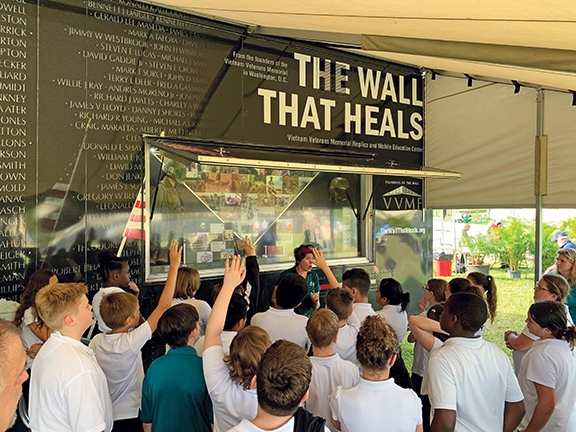
“There are very few times that you have an entire family of 10, 11, or 12 people with [multiple] generations able to experience the healing nature of the wall. Bringing it into their backyard allows just that to happen,” added Tetz.
When the exhibit first started, the VVMF partnered with a trucking company that essentially gave them a truck and had permanent staff who were the drivers. Unfortunately, the company went out of business, so the VVMF turned to the Truckload Carriers Association (TCA) to help keep the wall moving.
“Their leadership said, ‘You guys are great at the wall, and we are great at trucking. Why don’t we create this partnership where our trucking companies haul the wall and you guys show up and do what you’re best at? And that is setting up and taking down the wall and educating people,’” added Tetz.
Now, a local TCA-affiliated trucking company will pull the trailer from one city to another. Tetz said that this allows these companies to highlight their involvement, reward their drivers, and bring the exhibit to their own home states and towns.
“Thousands of veterans are employed by trucking companies across the nation,” said TCA President John Lyboldt. “This partnership is an opportunity for us to honor and give back to those brave men and women who have served our country and sacrificed for our freedoms.”
VVMF CEO Jim Knotts agreed that the combined efforts of the two organizations provide an excellent service to the people of the United States.
“Partnering with TCA enables us to continue our mission to honor and preserve the legacy of The Wall That Heals and educate all generations about the impact of the Vietnam War,” said Knotts.
Tetz added that each stop on the tour is a five-day event, and it takes about 100 to 150 volunteers to set the wall up and break it down. The exhibit is open 24 hours a day, and nearly 8,000 people visit at each stop. He said having the exhibition open at all times is essential as it allows everyone who wants to visit the chance. The nighttime experience of the wall is unique, he noted. Like the memorial in D.C., the highly polished synthetic granite of The Wall That Heals shows the reflection of visitors and the surroundings.
“It’s mind-blowing how awesome it is,” said Tetz.
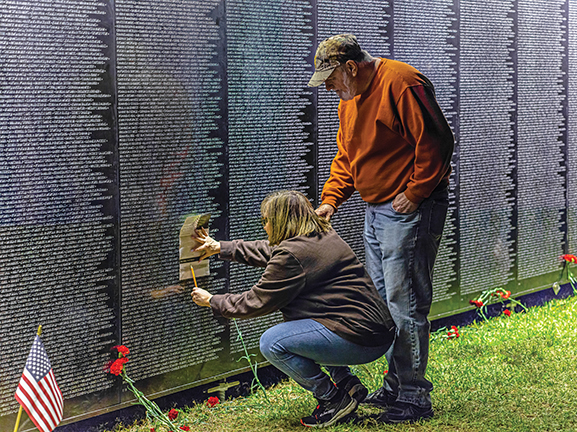
Names on the wall are listed by date of casualty. They begin at the center and start on the East wall working their way to the end of the wing. They pick up again at the far end of the West wall and work back to the apex, which joins the beginning and end of the conflict.
Other than the size, the only difference between the actual memorial and the replica is the shape. As visitors enter the actual memorial, they descend along a walkway while the top remains at ground level. The names begin at ground level on the replica, and the wall rises to 7.5 feet at the apex.
“It’s just magical to me how close it resembles the wall in Washington, D.C., and it makes me just as proud as can be that, because of the partnerships that we have with the trucking industry and the hosts that bring us into these communities, we’re able to let those people experience that same feeling,” added Tetz.
Visit truckload.org/vvmf or vvmf.org for more information about The Wall That Heals.
A former military public affairs specialist, Cody Graves has a journalism career that has spanned radio, television and print. For the last ten years, he produced special sections for Arkansas’ only statewide newspaper. During his time in the U.S. Army Reserves, Cody served tours in El Salvador, Iraq and Bosnia and Herzegovina. In his spare time, he plays guitar in a local band and spends time with his dogs, Lucy and Daisy.








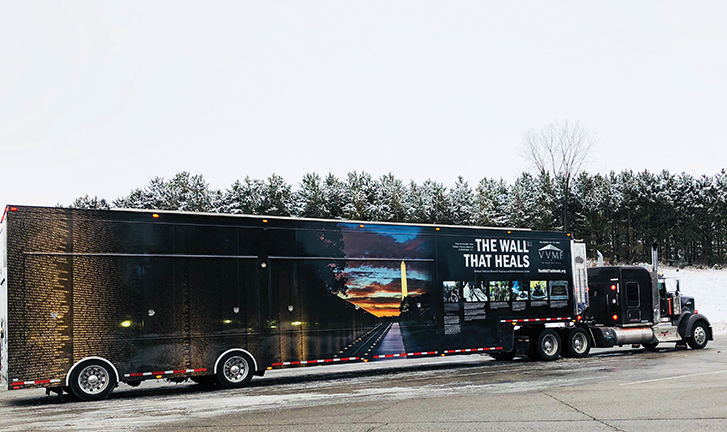
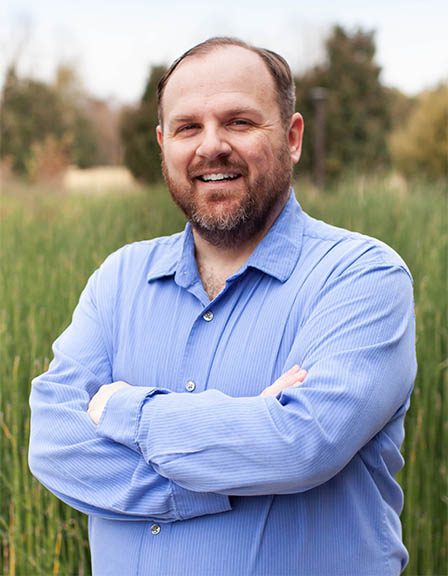

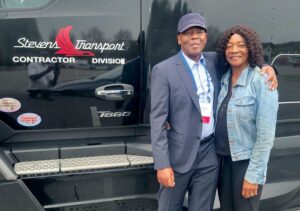

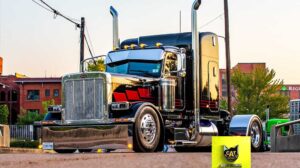
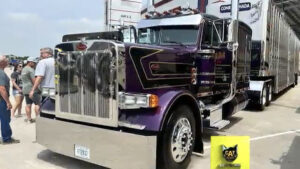
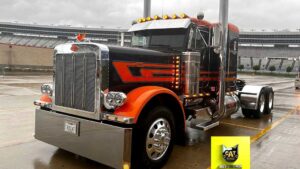
I have been to this incredible monument. It took me 3 starts before I could get myself to continue in. Tears streaming down my face. If the wall gets to your area-GO. These lives matter💞